SUMMARY
This is AI generated summarization, which may have errors. For context, always refer to the full article.
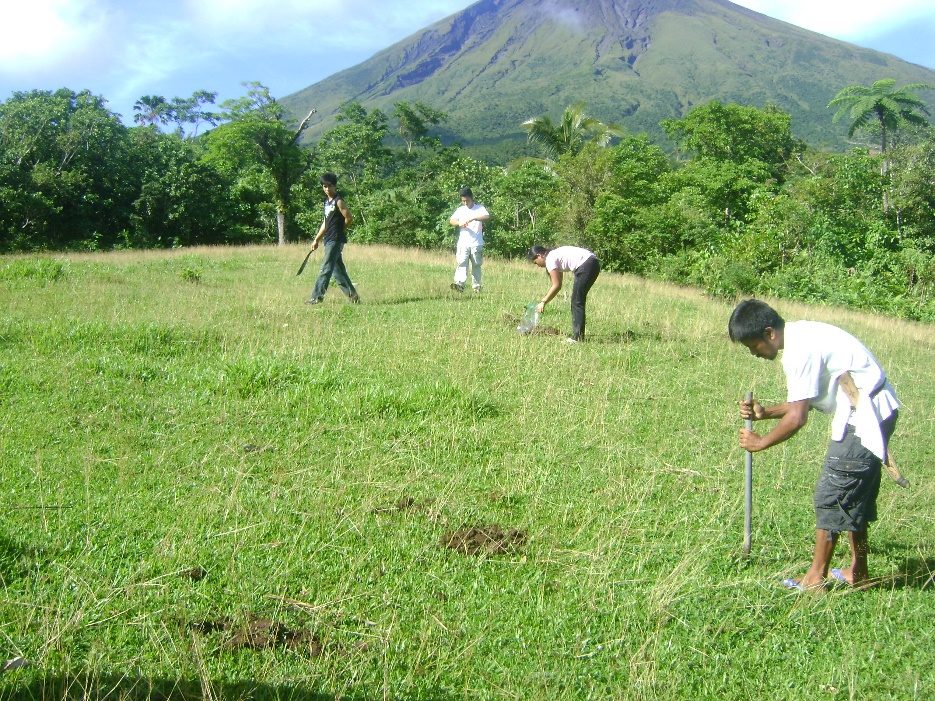
Volcanoes are regarded as among the planet’s most powerful forces.
Take a look at Mayon in the province of Albay, one of the most active volcanoes in the Philippines. The majesty of Mayon’s almost perfect cone shape seems like an irony to the destruction it can cause once it erupts.
But the same destructive volcanic eruption leaves the environment teeming with nutrients that feeds the volcanic ecosystem. In fact, a team of Filipino researchers found a thriving community of microbes in the soils of Mayon. Among the bacteria the team found potentially have antibiotic and anti-cancer properties.
“The volcano is an interesting environment for us microbiologists since Mt. Mayon is an active volcano. Before we took samples, a year or two before that, it erupted. That’s why it caught our attention. We might encounter a new species, or probably those microbes thriving in that environment can be really unique and special,” said Kristel Oliveros, assistant professor at the University of the Philippines Los Baños’ Microbiology Division.
Oliveros, the project leader of the study, hails from Sorsogon. She was initially interested in contributing to the body of knowledge surrounding the Bicol region.
“Ang environment kagaya ng Mt. Mayon, mataas ang input ng nutrients, kada sumasabog iyan, nage-emit iyan ng mga pyroclastic materials galing sa lupa. Iyan ‘yung nagsisilbing nutrients ng bacteria,” said Albert Rosana, who is currently a PhD student at the University of Alberta in Canada. Rosana is also working with Oliveros and the team in the study.
(Mt. Mayon has high nutrient input as every time it erupts, it emits pyroclastic materials from the soil. Those nutrients are being used by the bacteria.)
Rosana added that because the volcano is rich in sulfur, it has the potential to host unique bacteria which can metabolize or subsist sulfuric compounds.
“We can consider it as an extreme environment that’s why Mayon has extreme bacteria, which apparently Kristel isolated,” Rosana said.
Something new
OIiveros and her team initially isolated 30 bacterial species from a composite sample of Mt. Mayon’s volcanic soils at different elevations. One of the species they found is currently known as Streptomyces sp. A1-08.
Through genomic sequencing, the process of figuring out the order of the DNA bases of an organism, the team tried to match the bacteria species in the database to check if it is a new species.
“Lumalabas na it is less than the gold standard na 95%. Sa microbial taxonomy, kapag less than 95%, candidate novel species na iyan,” said Rosana.
(It appears that it is less than the gold standard that is 95%. In microbial taxonomy, when it is less than 95%, it could be considered as a candidate novel species.)
He explained that the International Society for Systematics and Evolutionary Biology would be the one to set the standards if Streptomyces sp. A1-08 is a novel species. Once they confirm that the bacteria species is new, the scientists will name it Streptomyces mayonensis A1-08, in honor of the place where the bacteria species was found.
“‘Pag nakatuklas ka ng isang bagong novel species, susunod doon, gusto mong malaman ano pa ang possible at kaya niyang gawin…. And if it is also unique, that would lead us into another phase of study, eventually drug discovery later in the pipeline,” said Oliveros.
(If you discover a novel species, the next step is to find out what it is capable of doing…. And if it is also unique, that would lead us into another phase of study, eventually drug discovery later in the pipeline.)
Antibiotic and anti-cancer potential
Thirteen of the bacteria species the team isolated showed varying antibiotic activities in different test organisms that were known as pathogenic to humans or plants. Streptomyces sp. A1-08 also showed antibiotic activity against numerous potentially pathogenic microorganisms and anti-colorectal cancer potential.
In general, Streptomyces species are known to produce medically and pharmaceutically important products. But this particular bacteria species the team isolated, Streptomyces sp. A1-08, stood out as it was able to fight all test microorganisms, including the methicillin-resistant Staphylococcus aureus (MRSA).
MRSA is strongly resistant against antibiotics which makes treatment of infections more difficult. Further, Streptomyces sp. A1-08 also showed potential to fight colorectal cancer.
This paper was recently accepted in the Philippine Journal of Science (PJS), a peer-reviewed publication of the Department of Science and Technology. Although the paper is lined up on the PJS‘s December 2021 issue, its full copy will be uploaded immediately on the journal’s website as soon as it’s ready for public reading.
The scientists consider their discovery monumental, but they are aware that they shouldn’t stop there. Their study is only the first step in the long process of potentially discovering a new drug.
“This is beyond finding a needle in a haystack. Because a haystack is way smaller than the Mayon, considering that Kristel and the team climbed the volcano at 500, 1,000, 1,500 meters above sea level (Mayon is around 2,400 meters above see level),” said Rosana.
“Kung magtutuluy-tuloy itong research namin, na kahit ‘yung compound, novel din siya, we’ll push this through the pipeline for drug discovery research. And end-product namin talaga dito, the wildest dream for the team right now, makapag-produce ng gamot kung saan man siya effective. Pero alam namin na malayo pa ang tatakbuhin. Di naman ito overnight,” said Oliveros.
(If we eventually find that the compound we have is also novel, we’ll push through the pipeline for drug discovery research. Our team’s wildest dream is to produce a medicine where this compound could be found effective. However, we are aware that this is a long process. It’s not an overnight thing.)
Toward more research, environmental conservation
Oliveros believes that their study proves that it is also important to look at the research of budding scientists. This discovery started as a master’s thesis in 2013.
“Sana ang mga susunod na henerasyon, hindi mawala sa kanila ang gigil, ‘yung drive, ‘yung determination, ‘yung interes sa pagsasaliksik ng siyensiya (We hope that the next generation of scientists will not lose their drive and determination to pursue scientific research),” she said.
The researchers also hope that their study will inspire a generation of young researchers to explore the treasure trove that is Philippine natural resources.
“Kung ico-consider natin ang biodiversity status ng Pilipinas, tayo ay isang megadiverse biodiversity hotspot, we have the highest biodiversity status. Lalong-lalo na tayo ay archipelagic, ‘yung forces governing the evolution ng species na ito, mas malaki ang chance na endemic sila sa atin sa Pilipinas. So kung mawawala ang pagkakataon na maka-discover ng bagong bacteria dahil nasira na, let’s say hindi na-conserve, hindi naprotektahan ang mga environments na iyan, that’s essentially a lost opportunity,” said Rosana.
(The Philippines is a megadiverse biodiversity hotspot, we have the highest biodiversity status in the world. It is worth noting that because the Philippines is an archipelago, the forces governing the evolution of species in the Philippines, there is a higher chance that these are endemic to the country. So, if we lose the chance to discover new bacteria species because of environmental destruction, that’s a lost opportunity.)
“I consider it as a pioneering work. Maraming bulkan sa Pilipinas, maraming kweba, maraming isla, these are untapped environments with great potential. But more than exploiting them or probing them, we need to protect them para magkaroon ng pagkakataon ang mga batang researchers to explore them,” he added.
(I consider it as a pioneering work. The Philippines has a lot of volcanoes, caves, and islands. These are untapped environments with great potential. But more than exploiting them or probing them, we need to protect them to give chance to younger researchers to explore them.) – Rappler.com
Add a comment
How does this make you feel?
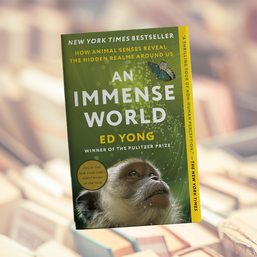
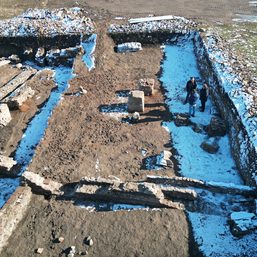
![[Time Trowel] There is more to archaeology than Indiana Jones’ pistol and whip](https://www.rappler.com/tachyon/2023/12/tl-timetrowel.jpg?resize=257%2C257&crop=245px%2C0px%2C720px%2C720px)
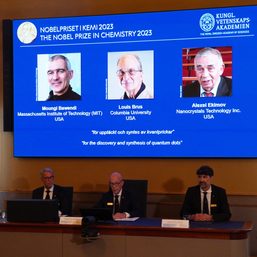
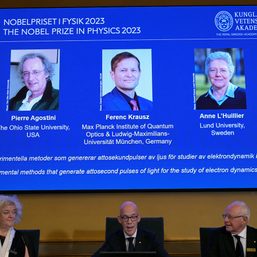
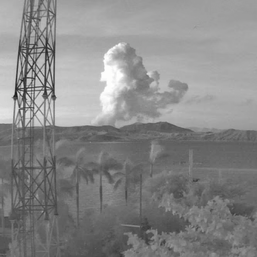
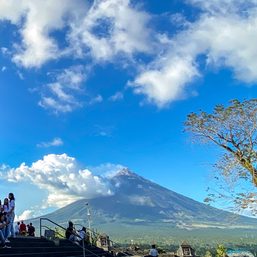
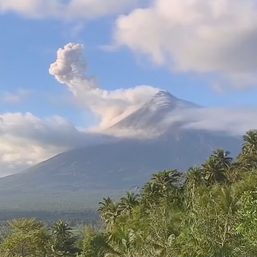
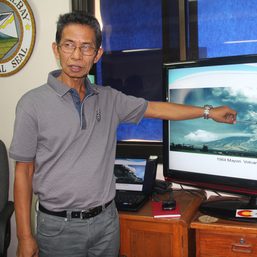
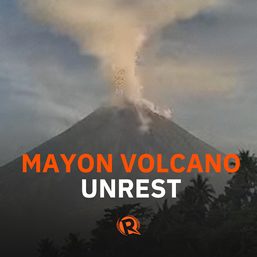
There are no comments yet. Add your comment to start the conversation.